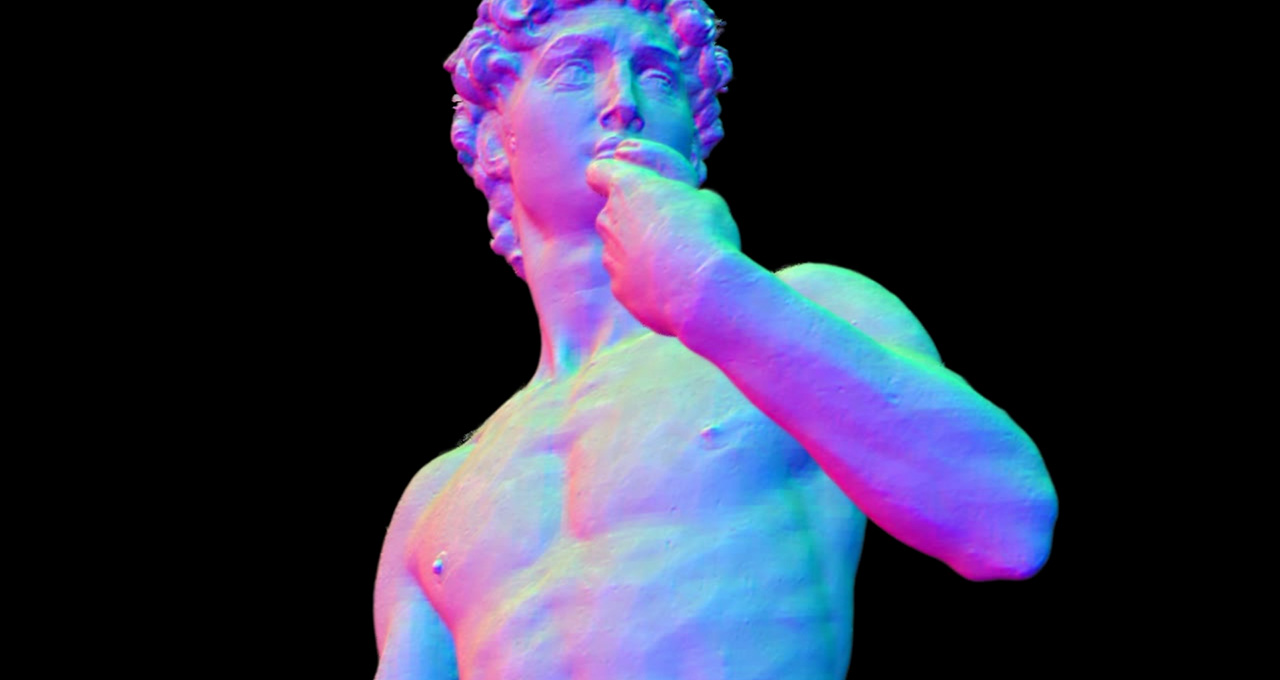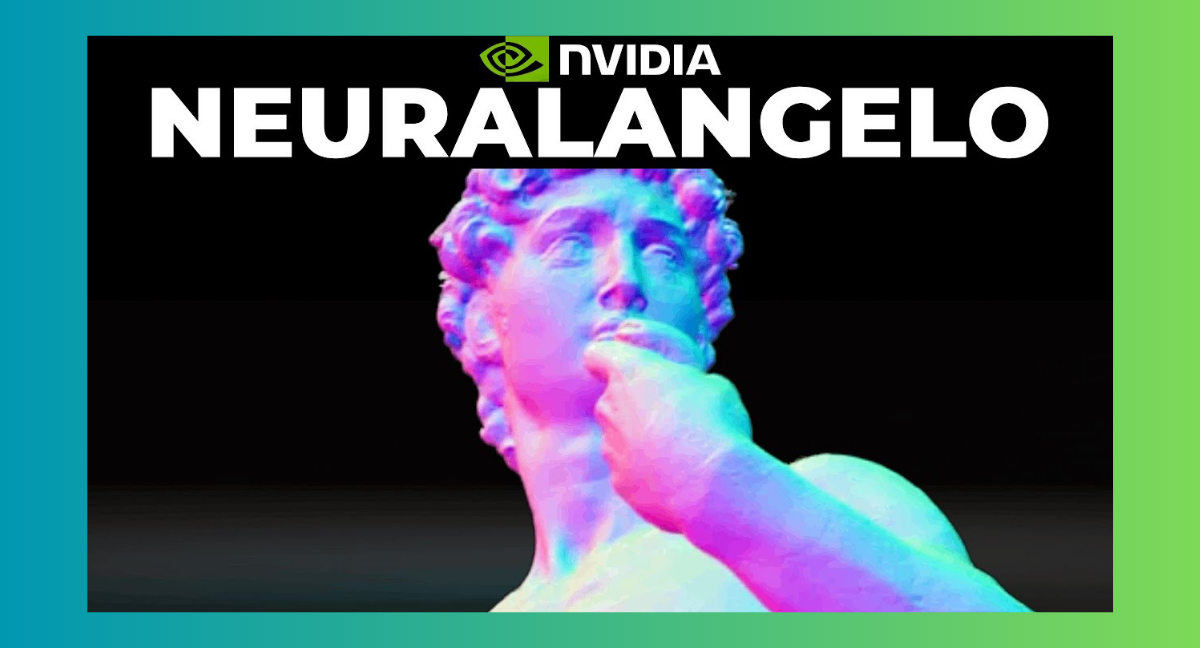Meet Neuralangelo, an AI model capable of taking ordinary 2D videos and crafting them into exquisite 3D structures that breathe life into the digital realm. This revolutionary technology has art enthusiasts, gamers, and tech aficionados buzzing with excitement.
Neuralangelo: The AI Renaissance
Named in homage to the legendary Renaissance artist Michelangelo, Neuralangelo is the brainchild of Nvidia, the AI giant renowned for its powerful chips and cutting-edge innovations. This remarkable AI model employs neural networks for 3D reconstruction, breathing life into virtual replicas of real-world objects, from majestic buildings to intricate sculptures.
In a captivating demonstration, Neuralangelo recreates iconic masterpieces like Michelangelo's David alongside everyday objects like a flatbed truck. It's a fusion of art and technology that's nothing short of mesmerizing.
This creation emerged from a collaborative effort between Nvidia's research team and the esteemed Johns Hopkins University in Maryland, USA. Neuralangelo is just one of nearly 30 projects presented at the Conference on Computer Vision and Pattern Recognition (CVPR), held in Vancouver from June 18 to 22. These projects encompass a wide range of topics, including pose estimation, 3D reconstruction, and video generation, as disclosed by the company in a recent blog post.
The Neuralangelo Wizardry Unveiled
So, how does Neuralangelo work its enchantment? This AI-powered marvel observes 2D video clips from multiple angles, meticulously discerning the depth, shape, and size of characters and objects. It then begins by crafting an initial 3D representation of the scene, subsequently optimizing the render to bring out intricate details and textures.
The real magic happens when creative professionals get their hands on these 3D creations. Design applications, video game development, and robotics all stand to benefit immensely from this innovation, as stated in Nvidia's blog post. Furthermore, Neuralangelo empowers users to fashion digital twins of the real world using everyday mobile devices.
Implications for the Gaming Industry
With Nvidia's dominance in the gaming industry, enthusiasts are eagerly speculating about the impact of Neuralangelo. Just recently, the company unveiled the Nvidia RTX 4060 Ti, following the RTX 4070. According to Ming-Yu Liu, senior director of research and co-author of the paper, "The 3D reconstruction capabilities Neuralangelo offers will be a huge benefit to creators, helping them recreate the real world in the digital world." This tool opens the door for developers to seamlessly import intricate objects, whether they be small statues or colossal buildings, into virtual environments for video games or industrial digital twins.
One astute Twitter user aptly described Neuralangelo as 'photogrammetry on steroids.' This AI marvel's neural surface reconstruction methods exhibit the potential to overcome the challenges posed by ambiguous observations such as large areas of uniform colors, repetitive textures, or strong color variations. Photogrammetry, a technique relying on photos for physical object measurements, has never seen such an impressive evolution.
Neuralangelo vs. Nvidia 3D MoMa
While the concept behind Neuralangelo isn't entirely novel, it represents a significant leap forward. Last year, Nvidia unveiled Nvidia 3D MoMa, which enabled architects, designers, and game developers to import objects into a graphics engine for digital manipulation. Neuralangelo, however, takes this concept to a whole new level, breathing life and intricate detail into these objects, making them ready for the digital Renaissance.
Nvidia's Neuralangelo is able to transform 2D videos into mesmerizing 3D creations, the possibilities are limitless. From gaming to art and beyond, Neuralangelo's impact is bound to be felt far and wide, transcending the boundaries of imagination and innovation. Get ready to witness the birth of a new era in AI-powered creativity.
Read More:

Watch Video:
We research, curate and publish daily updates from the field of AI. Paid subscription gives you access to paid articles, a platform to build your own generative AI tools, invitations to closed events, and open-source tools.
Consider becoming a paying subscriber to get the latest!








